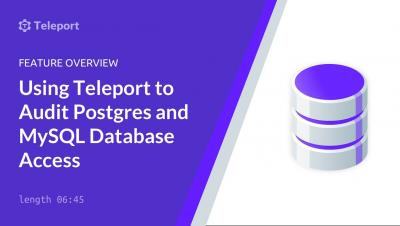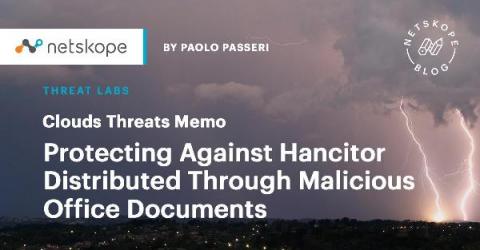On-prem or Cloud? Lessons from the Microsoft Exchange Attack
As I’m writing this blog, malicious actors are actively exploiting vulnerabilities in the Microsoft Exchange Server software. These were zero-day exploits, which means that even organizations that were diligent in their patching were vulnerable. So far the estimates are that more than 60,000 organizations have been compromised.











